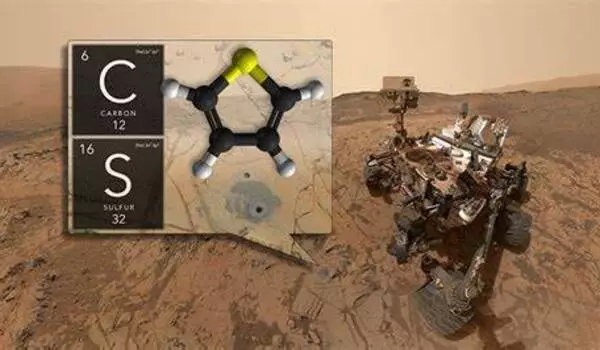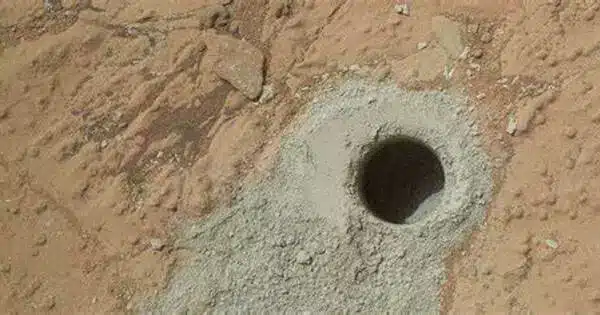New research using data from the NASA Mars Perseverance rover has revealed solid evidence for organic substances on the Martian surface, giving light on the Red Planet’s possible habitability. The study, coordinated by a team of scientists that included UF astrobiologist Amy Williams, was just published in the journal Nature.
Scientists have always been intrigued by the idea of discovering organic carbon on Mars, and while past missions offered useful insights, the current discovery adds to our understanding of Mars. The findings point to the possibility of a more complex organic geochemical cycle on Mars than previously thought, implying the existence of multiple separate reservoirs of possible organic molecules.
Notably, the study discovered indications compatible with chemicals associated with watery processes, implying that water may have played an important role in the vast range of organic materials on Mars. The essential building ingredients for life may have survived on Mars for far longer than previously imagined.
The potential detection of several organic carbon species on Mars has implications for understanding the carbon cycle on Mars, and the potential of the planet to host life throughout its history.
Amy Williams
Amy Williams, an organic geochemist, has been at the vanguard of the quest for the building elements of life on Mars. Williams’ work on the Perseverance mission as a collaborating scientist focuses on the search for organic materials on Mars. She hopes to find suitable habitats, potential life materials, and proof of past life on Mars. Future missions will eventually return the on-site samples acquired by Perseverance to Earth, but it will be a complex and ambitious procedure that will take several years.
“The potential detection of several organic carbon species on Mars has implications for understanding the carbon cycle on Mars, and the potential of the planet to host life throughout its history,” said Williams, an assistant professor in UF’s Department of Geological Sciences.

Organic matter can be generated by a variety of processes, not just those associated with life. Organic molecules can be formed by geological processes and chemical reactions, and these mechanisms are preferred for the genesis of these putative Martian organics. Williams and his colleagues will investigate the potential sources of these chemicals further.
Organic carbon was previously found exclusively by the Mars Phoenix lander and Mars Curiosity rover utilizing advanced techniques such as evolved gas analysis and gas chromatography-mass spectrometry. The new study employs a novel approach that has the potential to identify basic chemical molecules on Mars.
The rover’s chosen landing site within the Jezero crater has a high possibility for prior habitability: It has a variety of minerals as an old lake basin, including carbonates, clays, and sulfates. These minerals have the capacity to retain organic materials as well as ancient life signs.
“We didn’t initially expect to detect these potential organics signatures in the Jezero crater floor,” Williams told me, “but their diversity and distribution in different units of the crater floor now suggest potentially different fates of carbon across these environments.”
To study the distribution of organic molecules and minerals on rock surfaces, the scientists employed a first-of-its-kind equipment called the Scanning Habitable Environments with Raman and Luminescence for Organics and Chemicals (SHERLOC). SHERLOC uses deep ultraviolet Raman and fluorescence spectroscopy to quantify weak Raman scattering and strong fluorescence emissions at the same time, offering critical insights about Mars’ organic composition.
The discoveries are a huge step forward in our exploration of Mars, providing the framework for future research into the possibility of life beyond Earth.
















